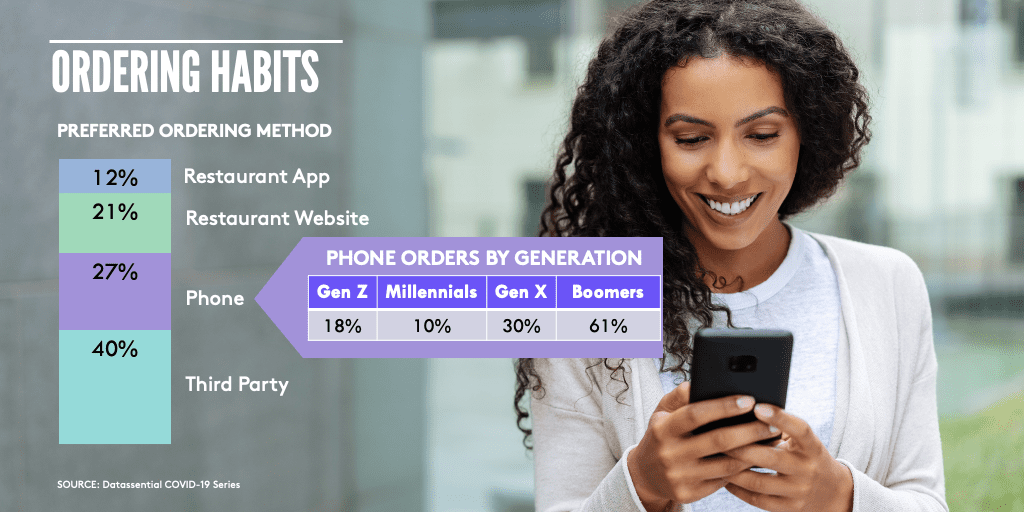Retail Hospital Food Service in a Post Pandemic World
As COVID-19 spread across the U.S., businesses were forced to take a critical eye to their operations and sustainability. Hospitals were no different. As they managed an onslaught of critical patients and expanded capacity to treat them, priorities changed, and normal operations were adjusted.
As visitation was restricted and new safety guidelines put in place, retail foodservice revenue declined significantly. Now, hospitals are charting a new course for operations, including retail food service.
E15, which is Compass Group’s analytics arm, has been watching the situation unfold as hospitals look for the next normal. The organization is a conduit for best practices, innovation, and insights in healthcare. In a recent webinar, 2021 and Beyond: Trends in Healthcare, experts from Morrison Healthcare, E15, and Sg2 looked at how retail hospital food service can find its place in a post-pandemic world.
Safety: What’s Here Now and What’s Here to Stay
As COVID-19 infection rates spiked, safety concerns propelled consumers to stay at home. In-person restaurant dining suffered, including hospital retail dining. As a result, hospitals adapted by putting new safety protocols in place.
To foster a return to in-person dining and hospital retail foodservice growth, it is important to make diners feel safe. As we look at consumer sentiment, we can see what activities are critical to promote the perception of safety for diners.

The safety procedures that consumers are most likely to consider a requirement when choosing a restaurant are visible cleaning of high-touch surfaces, employees wearing safety gear, and food coverings. This kind of vigilance about sanitation will remain in a post-pandemic world.
In a post-pandemic dining environment, a microscope is often placed on café dining with a number of safety features rising to the top of consumer expectations.

Retail foodservice is starting to rebound as visitation restrictions are eased at hospitals and diners feel confident that foodservice is taking the necessary steps to safeguard their health.
Digital Matters: What To Invest In Today
As hospitals switch back to growth mode in their retail foodservice operation, administrators are having difficult discussions about where to invest. Facilities or full-time employees. Technology or menus.
Each hospital and community has different needs and expectations when it comes to their diners, but research shows that retail dining is undergoing a digital transformation. This move is about reaching more customers, improving their experience, and creating new efficiencies. In hospital food and nutrition services, an investment in digital technology can have a major impact. According to diners, convenience is a top priority, and the data proves it.
- 76% of consumers are always on the lookout for things that can make their lives easier
- 53% of consumers say takeout and delivery are essential to the way they live
- 21% of consumers planning to dine inside a restaurant reported that contactless payment options would factor into their restaurant choice
- 50% of full-service restaurants have added digital menu access via QR code since March 2020
Across all general consumers, ordering during the pandemic has increased. Third-party ordering has seen the largest increase, while restaurant apps and websites remain viable ordering options. As a whole, diners feel mobile ordering creates a no-contact ordering process, which is safer and, in many ways, more efficient.

Digital is here to stay and will serve as a major investment point for hospitals looking to grow market share among consumers who embrace technology in their dining experience.
The full webinar, 2021 and Beyond: Trends in Healthcare, is available on demand. Click here to gain access.




